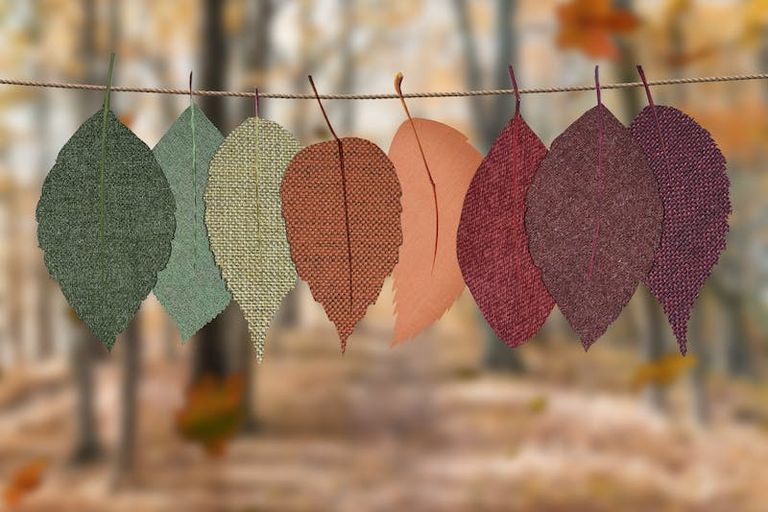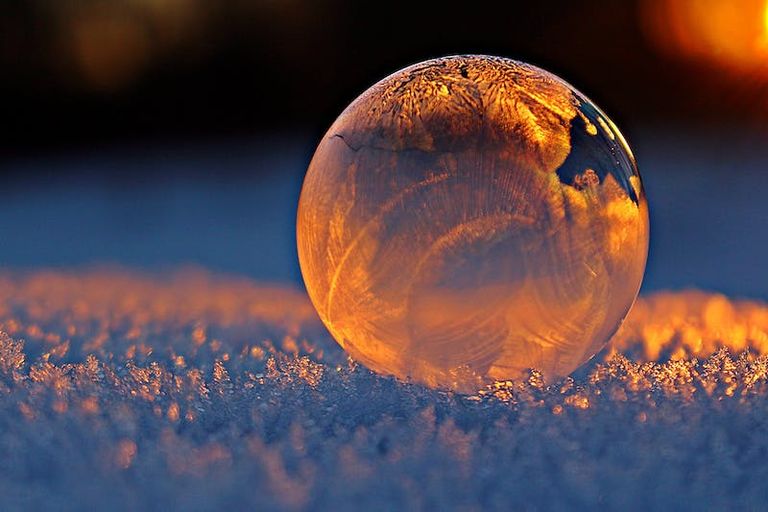
The Wheel of the Year is eight holidays that speak of special events in the life of the Sun God and the Earth Goddess.
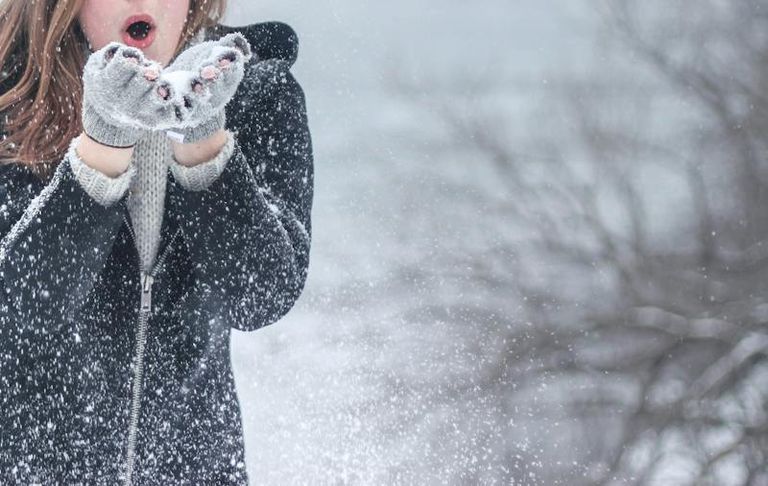
In a traditional society, significant natural seasonal changes are associated with these points, which influenced the life of our ancestors. This is on the one hand. On the other hand, it is a reflection of certain aspects of a person's personality. And here I want to draw your attention to the fact that the term "gender" should not be taken too literally. It's just that the very process of establishing the relationship between god and goddess makes it convenient to speak in these terms. But we are talking about the personality of a person as a whole, regardless of gender.
The Wheel of the Year is an annual cycle of seasonal festivals observed by many modern Pagans. It consists of eight distinct festivals, from the solstices and equinoxes, known as the 'quarter days', to the four midpoints between, known as the 'cross quarter days'. Traditions such as Wicca often celebrate all eight festivals.
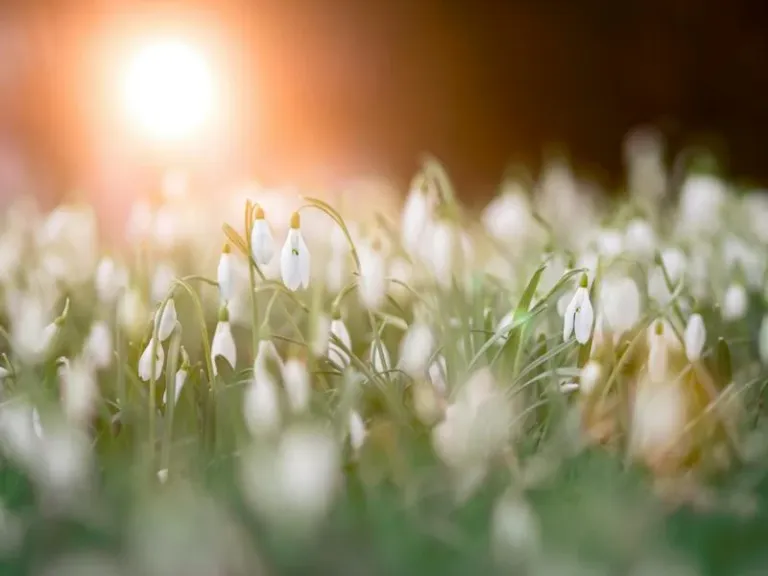
The eight festivals that make up the Wheel of the Year are Yule (December, 20-23), Imbolc (February, 2), Ostara (March, 19-22), Beltane (May, 1), Midsummer (June, 19-23), Lughnasadh (August, 1), Mabon (September, 21-24), and Samhain (November, 1). Celebrating these festivals allows adherents to synchronize their spiritual practices with the natural rhythms and cycles of the earth's seasons.

Research conducted by gender studies and social philosopher Larisa Kuznetsova-Fetisova suggests that there are eight distinct traditional roles associated with each holiday of the Wheel of the Year - female and male. These roles are integral to normal interaction within traditional societies and failure to adequately choose the right role for a given situation can lead to less than satisfactory outcomes. It's important to note that these roles should not be confused with archetypes, since they are quite distinct from one another. For example, the role of 'Mistress' differs from the archetype of the same name. The names of these roles should not be a source of confusion.

Examining the roles throughout the year can help to create a balance. Failing to develop some roles fully can, however, prevent other roles from being fulfilled to their utmost potential. To illustrate this concept, think of a wheel with eight spokes. If one of these spokes is weak or missing, it can cause the wheel to shake and wobble. If many of the spokes are broken or missing, the wheel will not function properly, making for an uncomfortable journey.
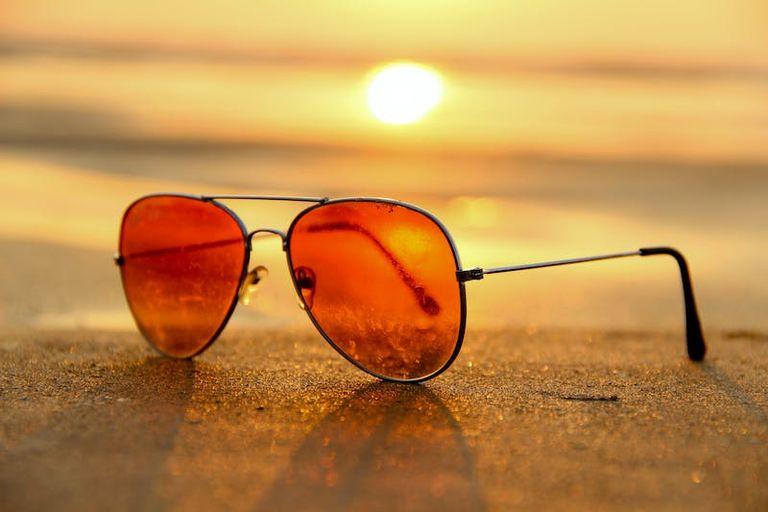
Women's roles for the year include: Mother at Yule (December 20-23); Educator at Imbolc (February 2); Girlfriend at Ostara (March 19-22); Mistress at Beltane (May 1); Wife at Midsummer (June 19-23); Landlady at Lughnasadh (August 1); Wise Woman (Old Woman) at Mabon (September 21-24); and Woman Survived a Loss (Widow) at Samhain (November 1).
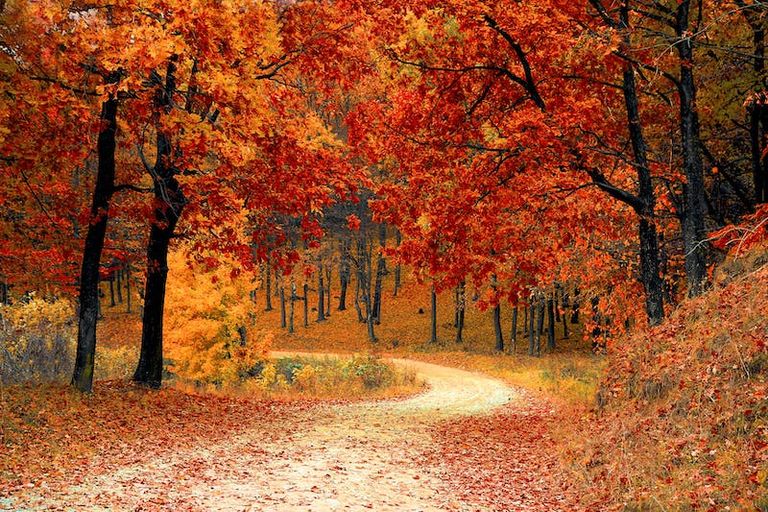
Throughout the year, it is important for men also to fulfill a variety of roles in order to maintain harmony and balance. During Yule (December 20-23), men are expected to take on the role of a new-born and during Imbolc (February 2), they need to be educated. During Ostara (March 19-22), men should act as a boyfriend, while Beltane (May 1) calls for them to be a lover. Midsummer (June 19-23) requires men to take on the duties of a husband, while Lughnasadh (August 1) requires them to be a landlord. For Mabon (September 21-24), men should be wise, and on Samhain (November 1) they should be prepared to leave a woman if necessary. Each role must be taken seriously and performed carefully in order to ensure a successful year.
